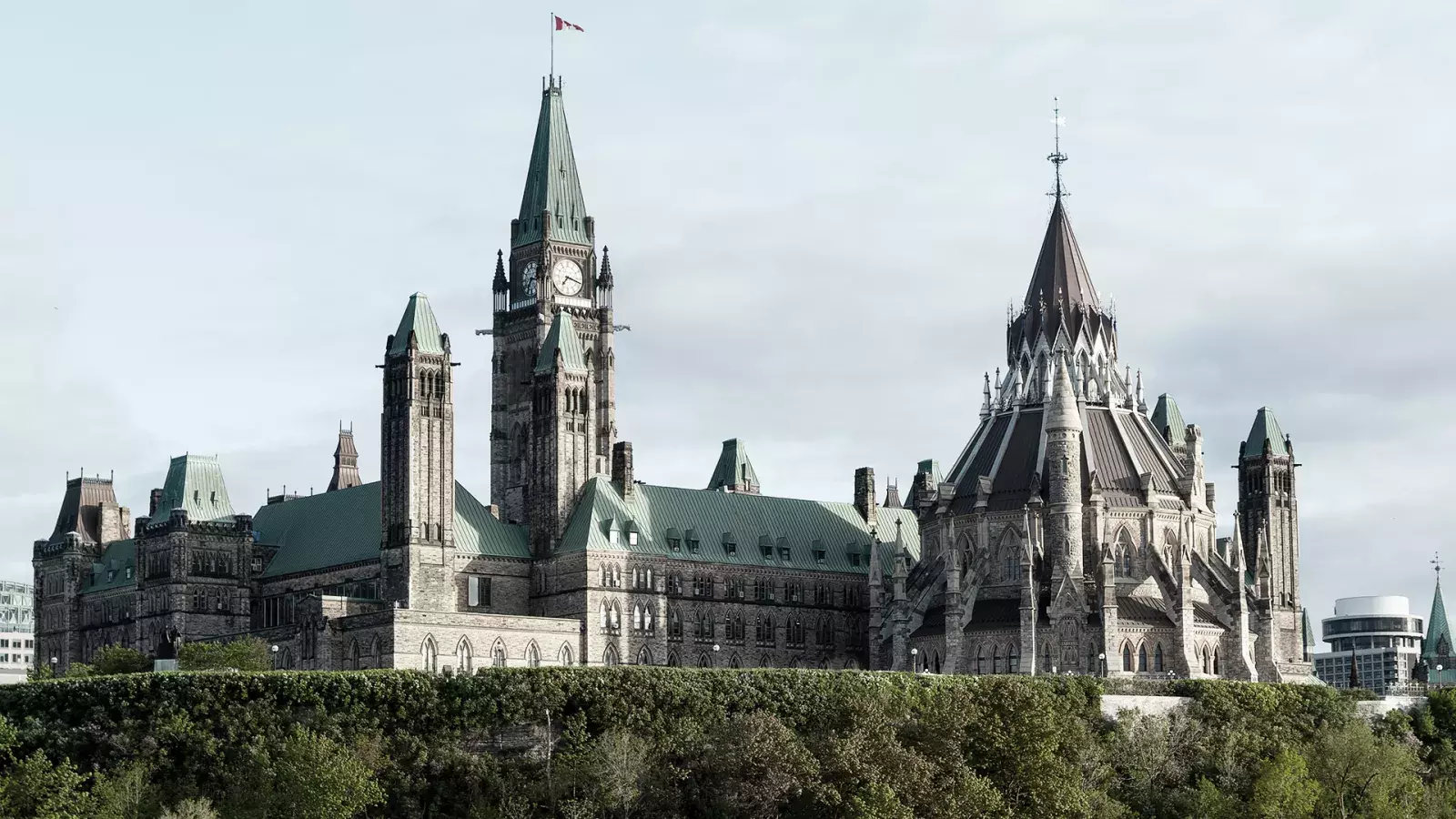The first quarter of 2024 was marked by significant political activity from all levels of government in Canada, largely in response to the ongoing housing crisis. As elections draw near and housing remains a critical issue for many Canadians, a slew of policies and promises have emerged, aimed at addressing various facets of the housing market.
From a market perspective, the first quarter did not perform as expected – nor as hoped. High interest rates, low supply, increased construction costs, and government intervention are just some of the factors affecting market performance. While some government initiatives may have intended to support housing, others may have unfortunate negative side effects. In the first installment of this two-part series, we'll dissect all the policies introduced in Q1 at the federal, provincial, and municipal levels.
Federal Initiatives: Aiming at Structural Changes
Foreign Student Visa Caps
Canada is now capping the number of foreign students in an attempt to address the housing shortage. The intake cap was decreased by 35% from last year and will remain in place for two years. The decision is expected to directly affect educational institutions and developers tied to housing projects geared toward students. This will also likely soften demand on rental markets surrounding major universities; 42% of temporary residents in Canada are students, so fewer people entering on a short or medium-term basis will reduce demand for temporary housing. Overall, the rental market is likely to remain tight given the persistently low vacancy rates in major cities.
Temporary Resident Targets
For the first time, the Canadian government will set targets for temporary residents allowed into the country, bringing down the number of allowed temporary residents. However, these caps will not apply to temporary (or permanent) residents serving the construction and healthcare sectors. By maintaining the inflow of residents in those two crucial sectors, the government aims to balance workforce needs with housing demands, providing some relief to overburdened urban infrastructures.
Canada Rental Protection Fund
This new funding program will provide $1 billion in lower-cost loans and $470 million in contributions to non-profits and other partners to help them acquire units and preserve affordable rent levels with the goal of increasing rental supply and therefore slowing the pace of rent growth. This initiative targets the lower end of the rental market, offering the loans to developers for new rental constructions to boost the rental supply and temper rent increases nationwide.
Foreign Buyer Ban Extension
Foreign nationals and companies will be banned from buying residential properties in Canada for an additional two years. Extending the foreign buyer ban is largely seen as a political gesture with limited impact on housing availability or prices, given the small percentage of foreign-owned properties.
Canada Housing Infrastructure Fund
Another federal initiative is a $6B infrastructure fund designed to accelerate the construction and upgrading of critical housing infrastructure such as water, wastewater, stormwater, and solid waste infrastructure. Designed to incentivize municipalities and developers via added federal funds, the added stipulations may be prohibitive in application. Although in the long term the benefits are likely positive, it will create a short-term problem as recipients adjust strategy to implement the new capital.
Apartment Construction Loan Program
A $15 billion top-up to the original initiative, the Apartment Construction Loan Program aims to boost the construction of new rental homes by providing low-cost financing to homebuilders and newly relaxed requirements. Developers will be able to access cheaper loans to increase housing supply. Municipalities using these funds will be subject to conditions.
Provincial Efforts: Local Solutions in BC
BC Builds
The BC Builds initiative uses government loans with the goal of building housing that is affordable to middle-income earners. This approach supports developers, cities, and residents by targeting underutilized lands and community-owned parcels that would otherwise go largely undeveloped. Those owning underutilized land will be matched with developers and granted expedited approvals to build.
Amendments to Tenancy Acts
Changes to the Residential Tenancy Act and the Manufactured Home Park Tenancy Act add protections for tenants but impose additional obligations on landlords. The changes should have minimal impact on new homes and instead impact older housing stock predominantly.
Flipping Tax
This tax aims to deter speculative buying and applies to proceeds from residential real estate held for less than two years, with exemptions for life circumstances. It will impact developers and individual investors by restricting resale. Although the presale landscape will see minimal statistical impact, the conditions involved in the flipping tax naturally create another ‘hurdle’ for investors in real estate.
Property Transfer Tax
The property transfer tax significantly benefits first-time homebuyers, making it easier for them to enter the market amidst rising home prices. This adjustment doubles the number of recipients eligible for the tax benefit. Those purchasing for personal principal use can qualify for a lower tax bill even when buying a home that previously did not qualify. Landlords can also now be exempt from a portion of the property transfer tax if they buy a new rental building with at least four units. Ideally, this increases rental building supply.
New Home Tax Exemptions
The threshold for the home tax exemption for first-time homebuyers has increased from $500,000 to $835,000 for those buying their first home. As prices have risen over the past five years, homebuyers have had fewer options when it comes to homes that qualify for the tax relief. This policy aids presale and new construction buyers by making homes more affordable and increasing buyer options in the market.
Municipal Strategies: Addressing Development Costs
Local governments have also been active in policy-making, with initiatives such as increased Development Cost Charges (DCCs) and Amenity Cost Charges (ACCs) in cities like Surrey and Burnaby. These measures affect developers and ultimately homebuyers by raising the cost of developing new projects, potentially slowing the pace at which new housing can be brought to market and their affordability. Developers may fall below the return threshold required for banks to provide financing which could slow or halt construction projects.
With all levels of government attempting to solve the housing crisis, we expect policies and initiatives to continue to roll out through the coming months. In the second part of this series, we'll delve into the market impact of these policies and examine their intended and unintended consequences.



